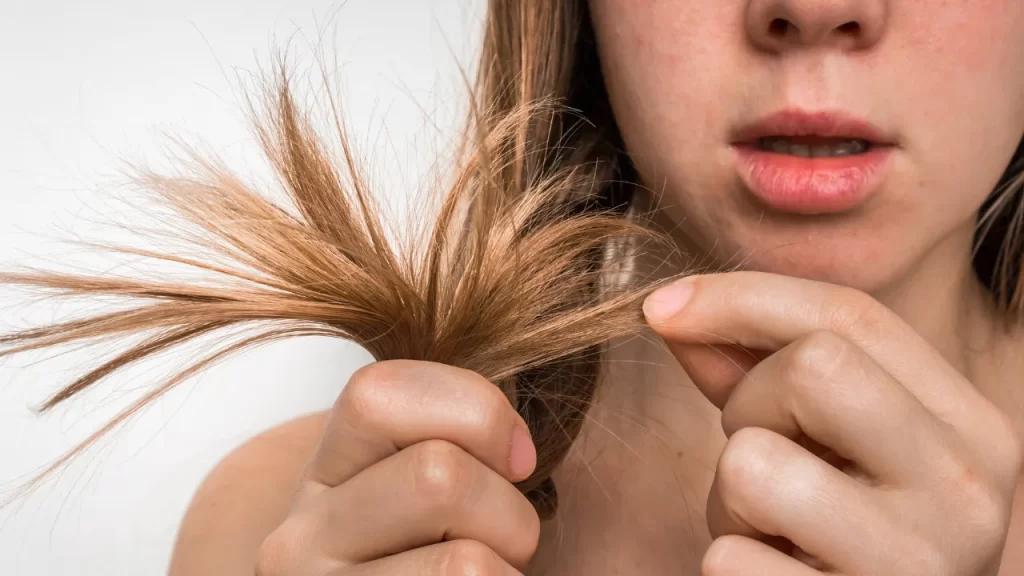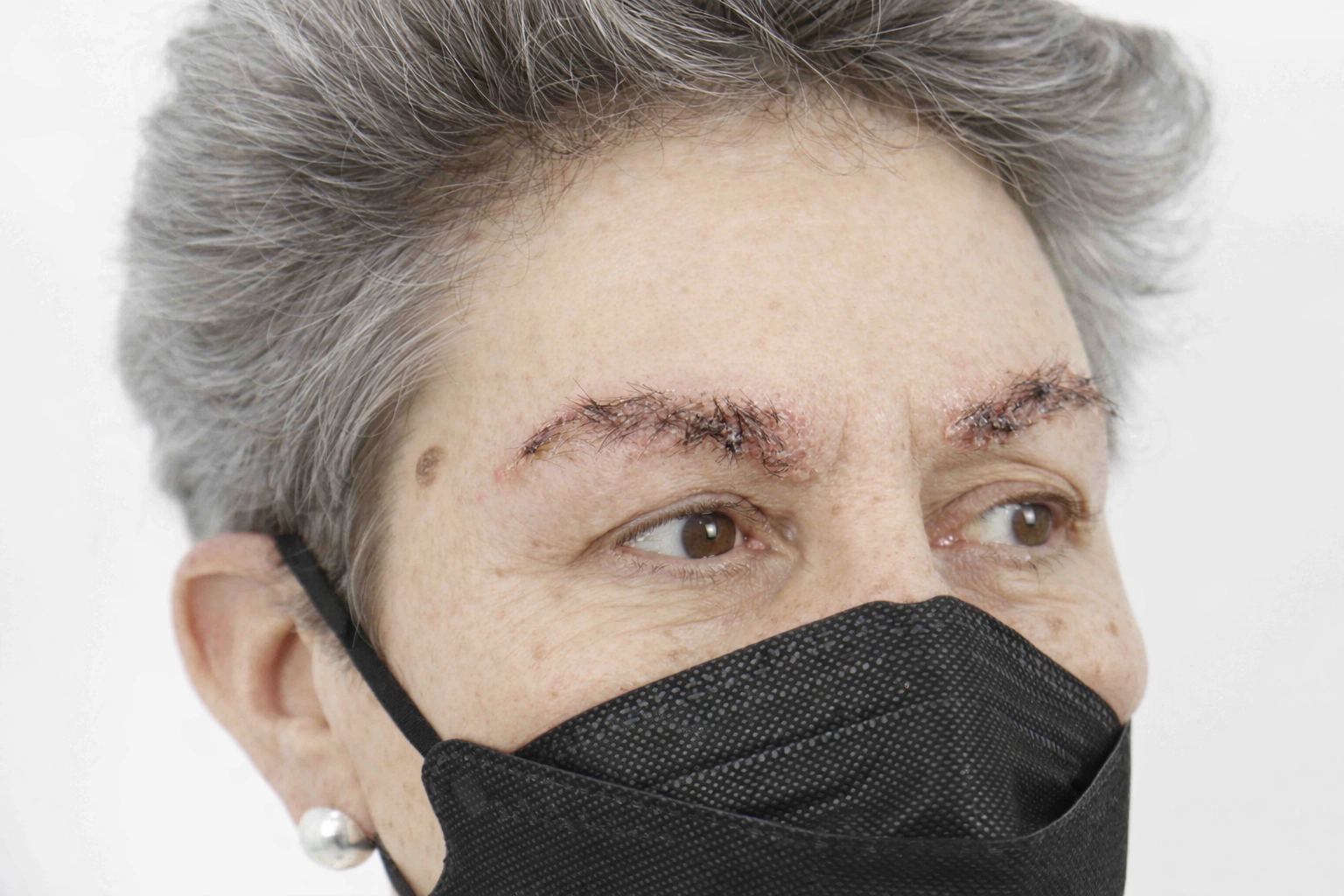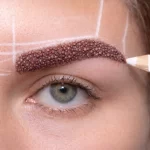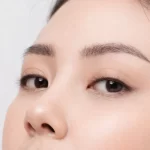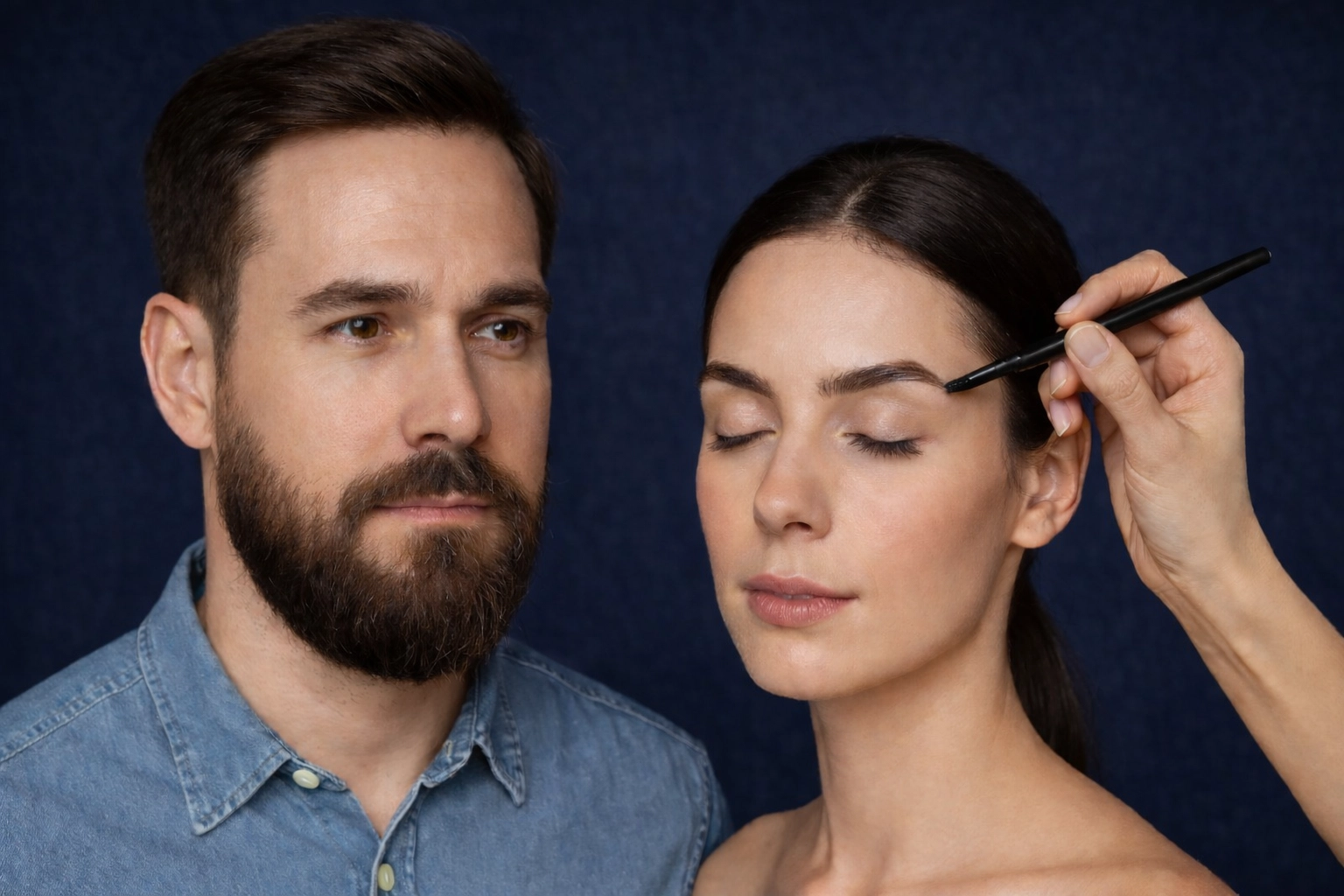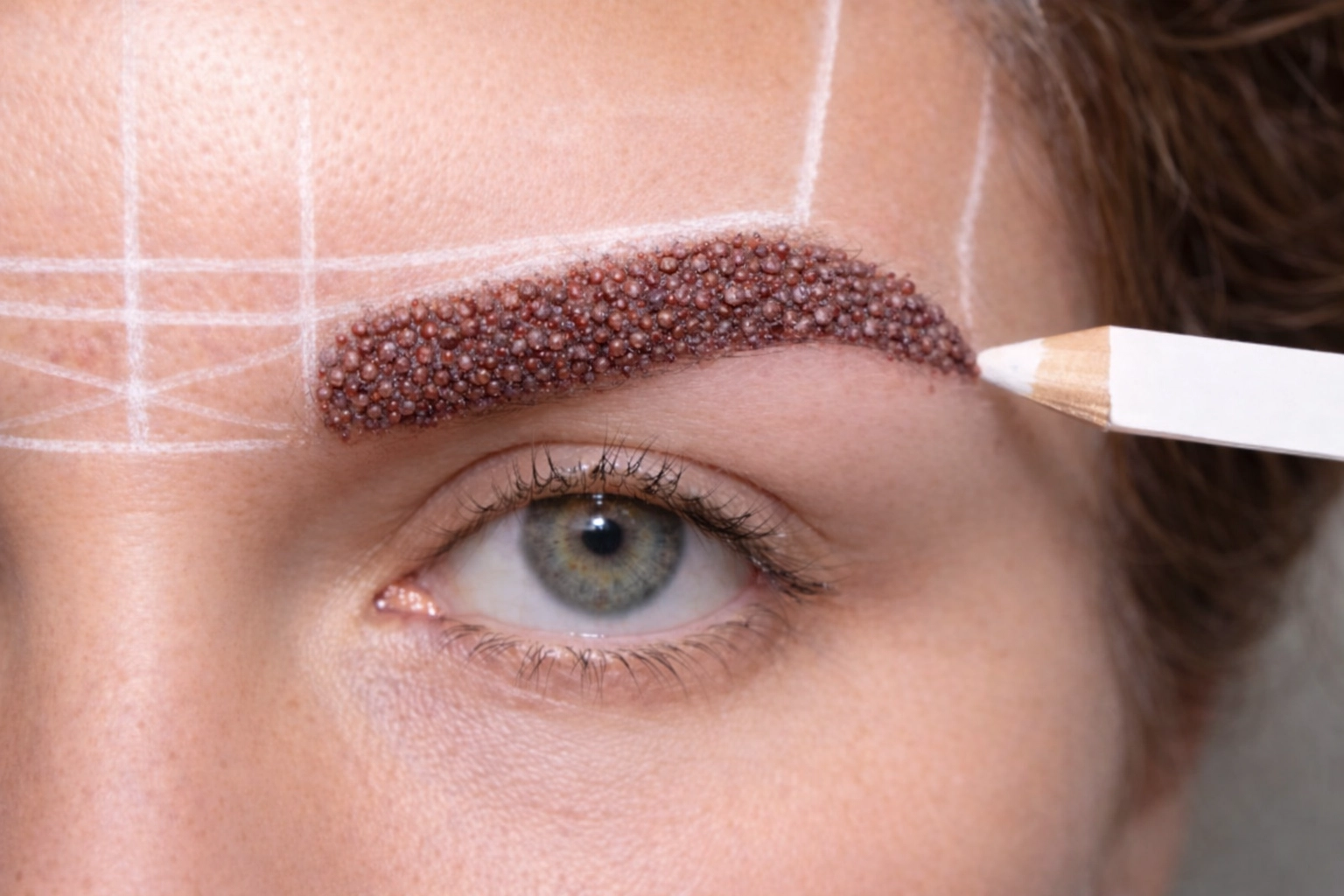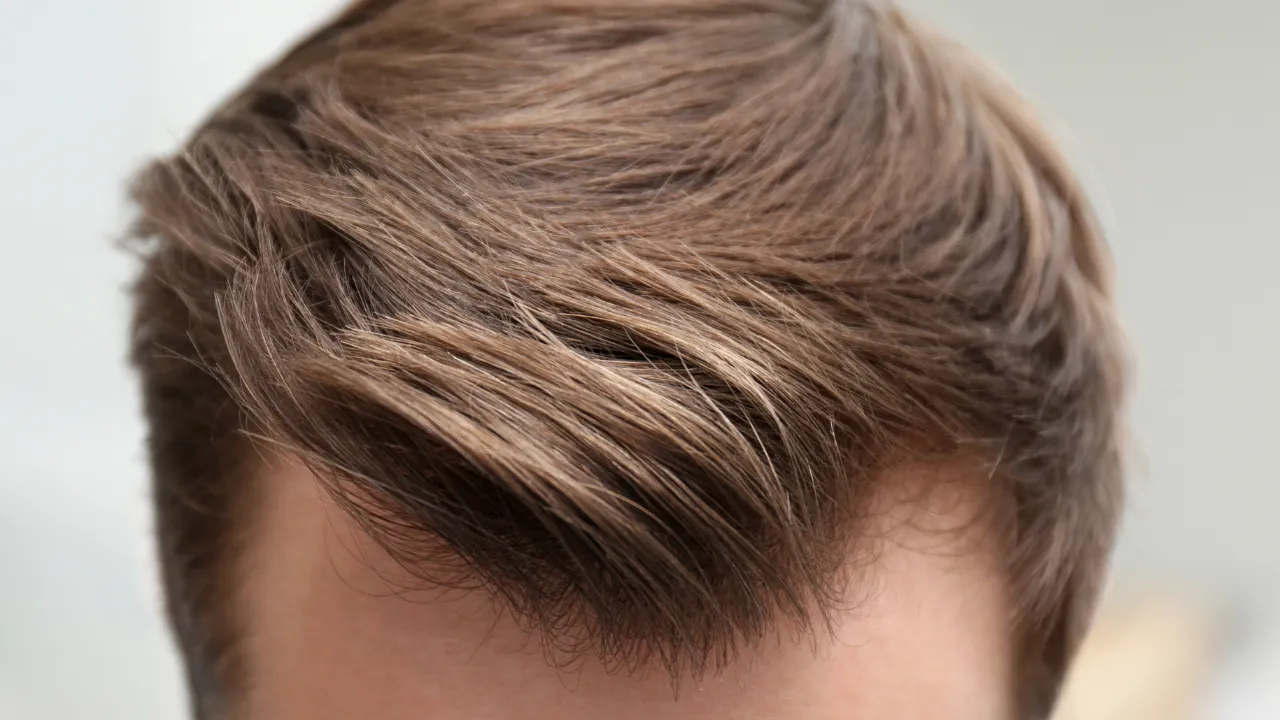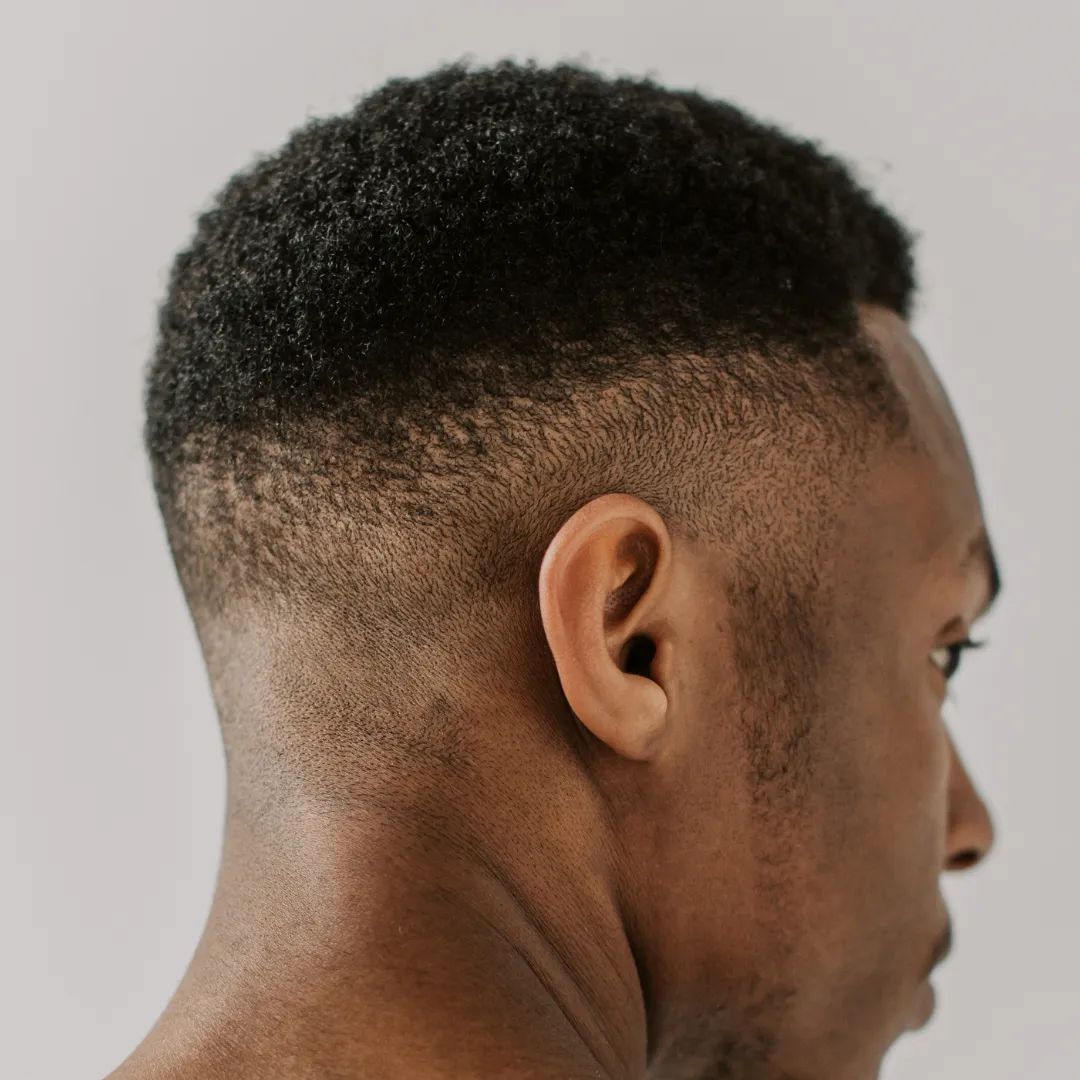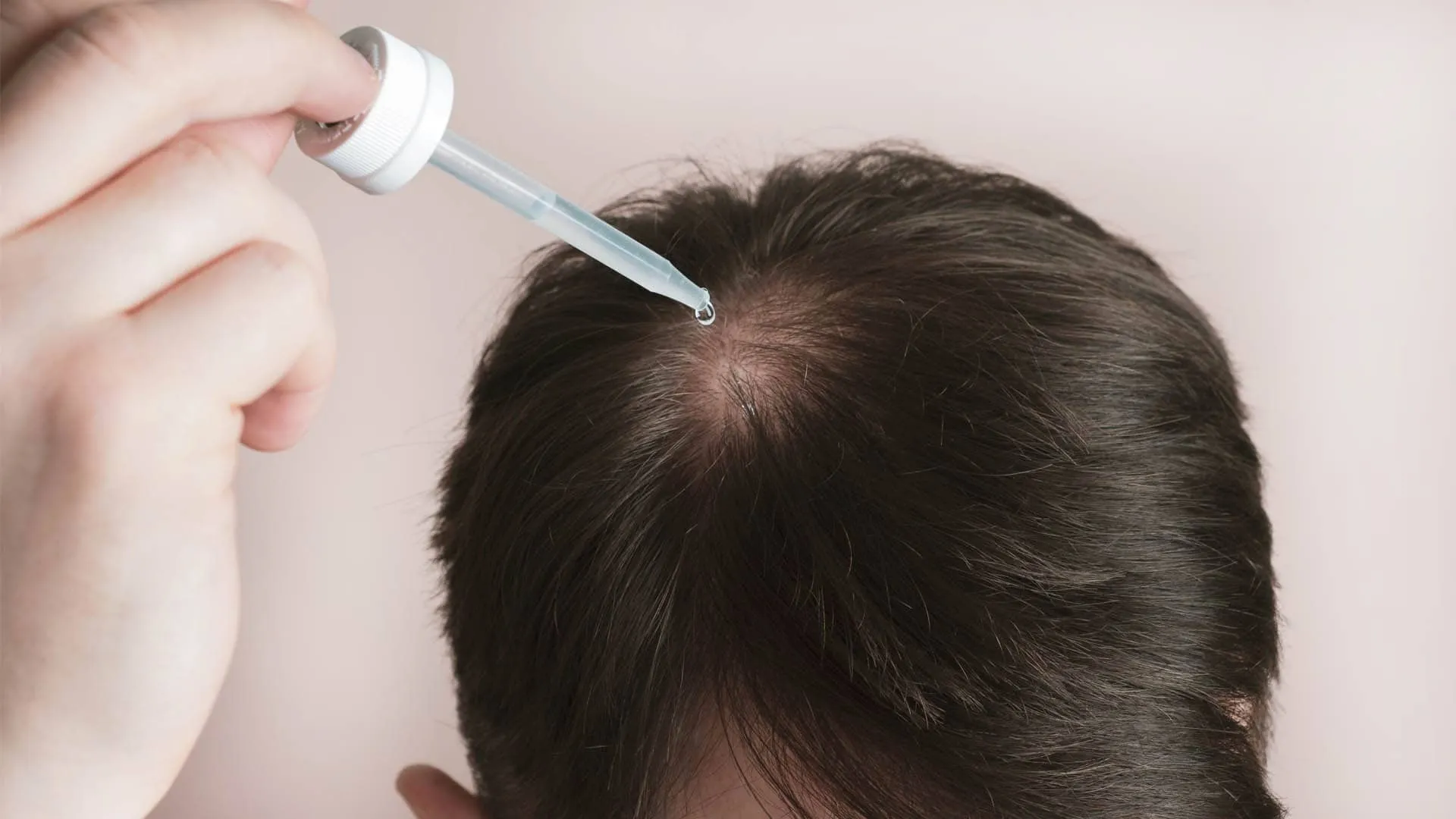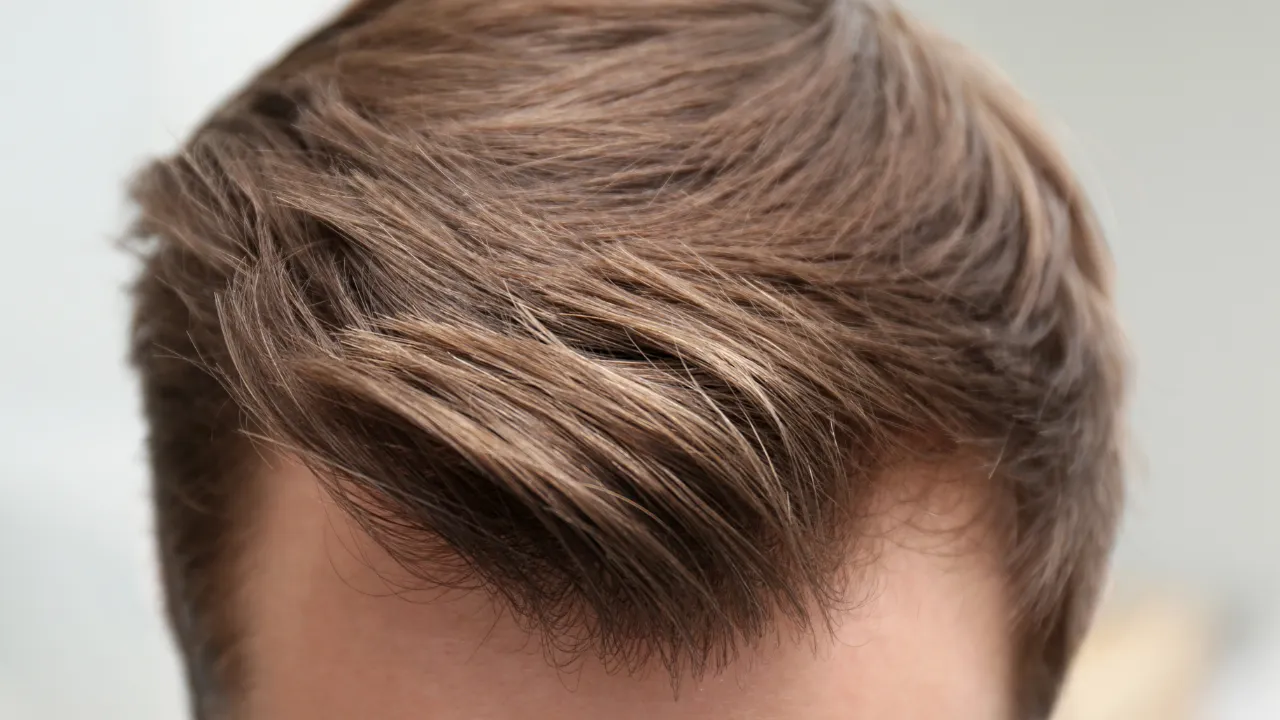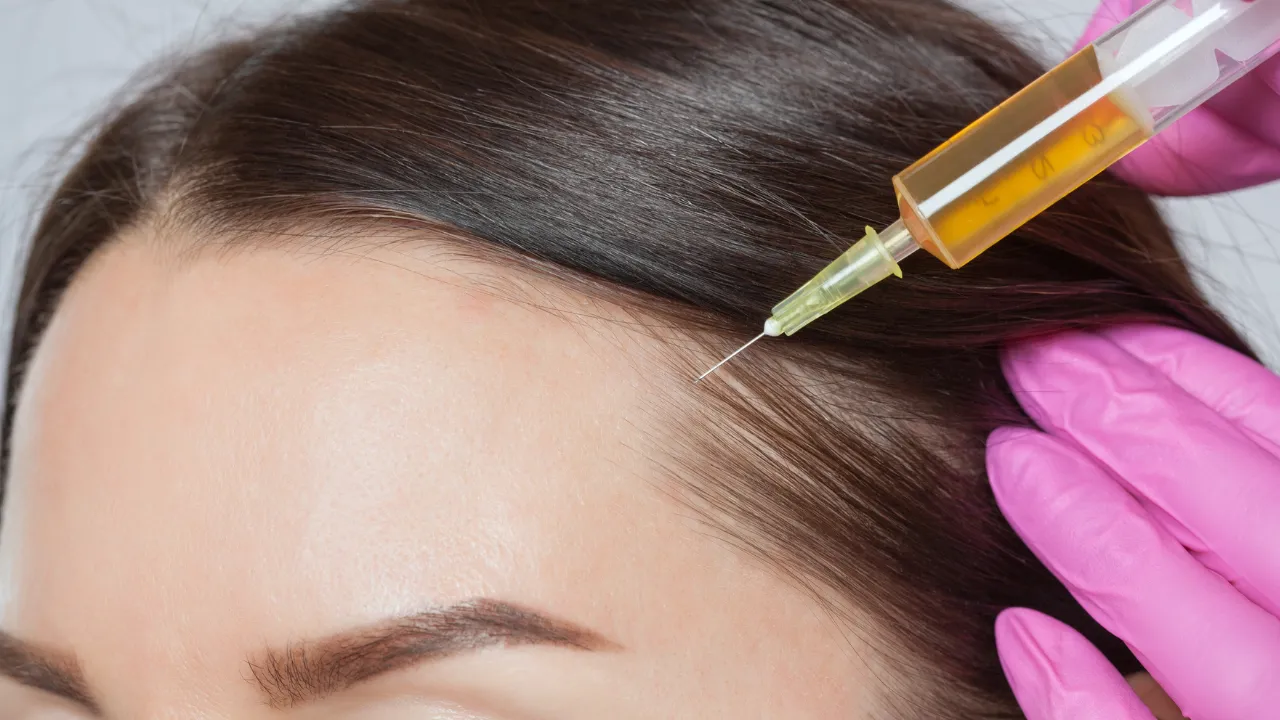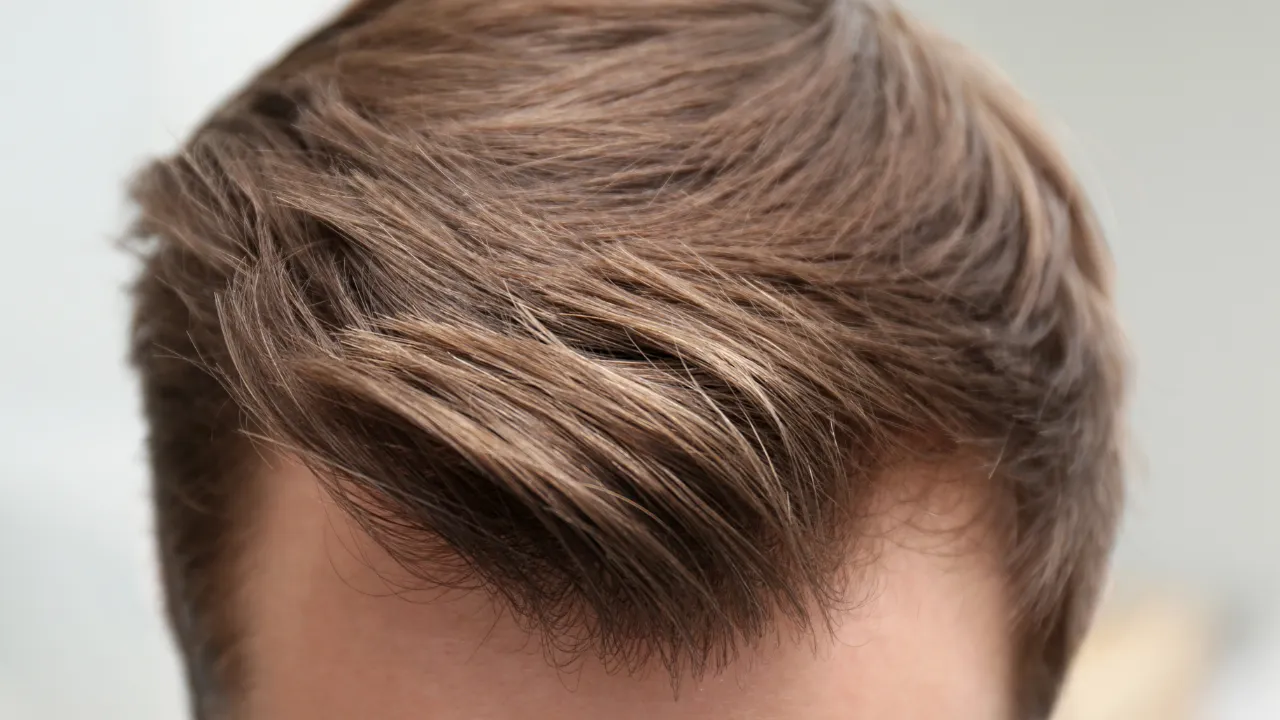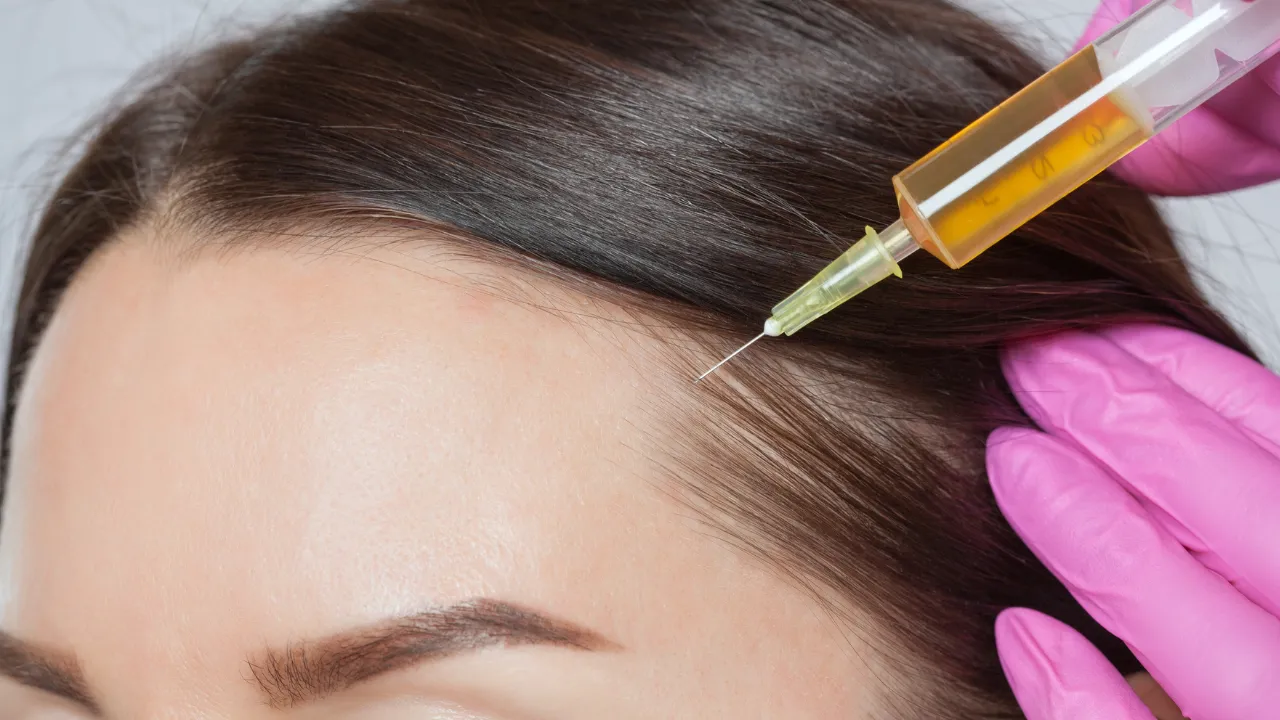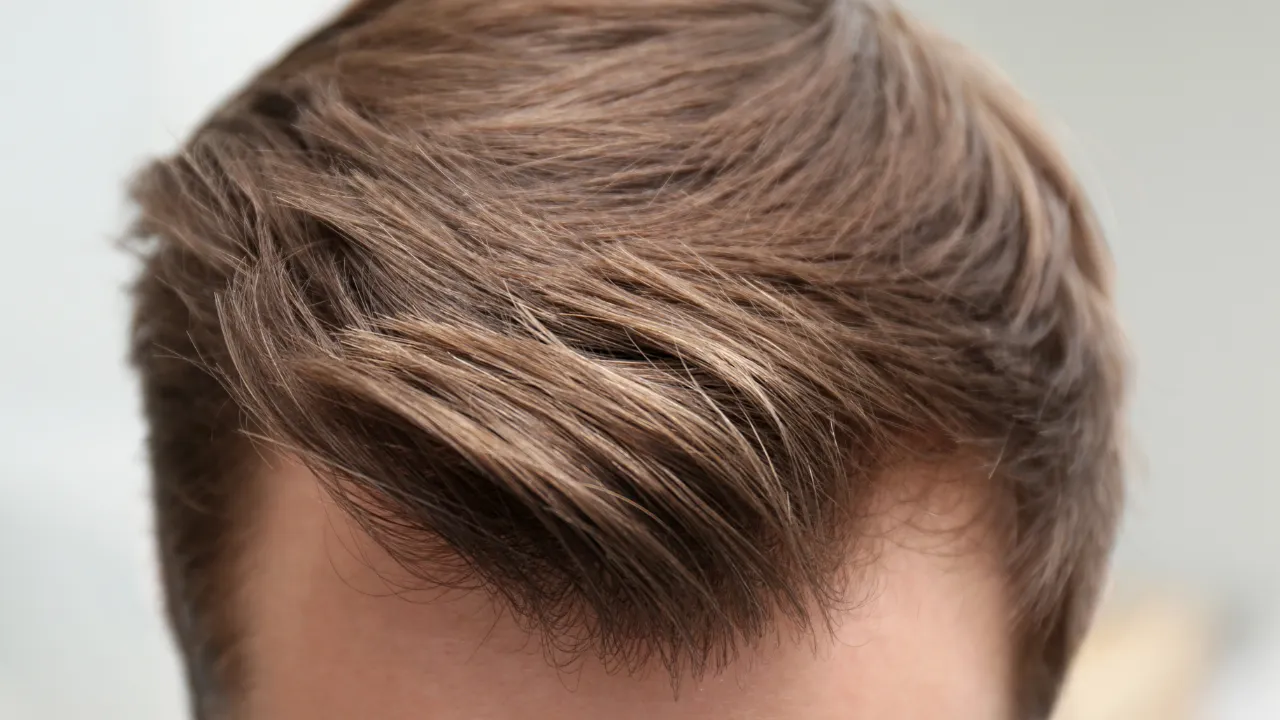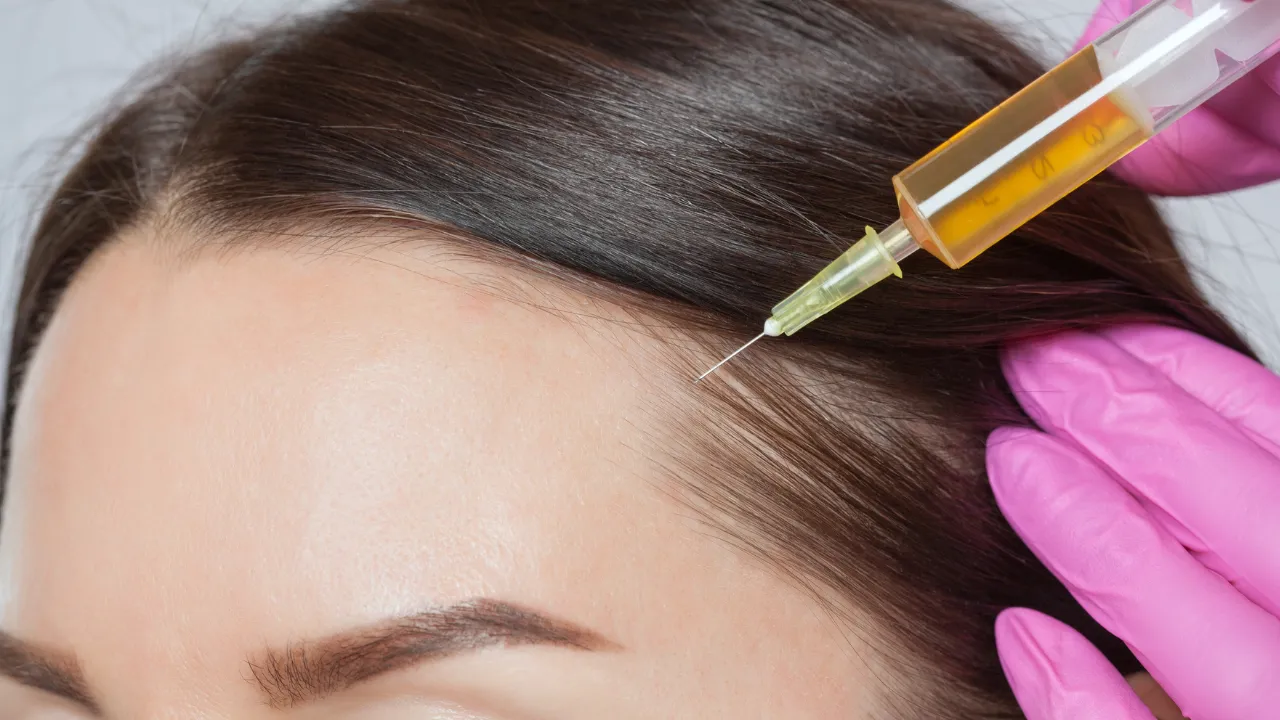Table of Contents
ToggleHair loss can be an incredibly distressing experience for women, profoundly impacting self-esteem and confidence.
Traditionally, hair transplants have been considered primarily a male treatment, but advancements in medical technology have opened up new possibilities for women.
Today, female hair transplants are not only possible but are also becoming increasingly popular, offering hope and renewed confidence to those affected by hair loss.
This comprehensive guide delves into the latest in female hair transplant technology and treatment options for 2025, helping you understand the causes of hair loss, the range of available treatments, and the latest techniques in both surgical and non-surgical solutions.
Whether you’re exploring surgical options or considering less invasive treatments, this guide will provide you with the essential information you need to make an informed decision on your hair restoration journey.
Female Hair Loss: Causes and Solutions
Understanding the nuances of female hair loss is crucial for choosing the right treatment path.
Unlike men, who often experience distinct patterns of baldness, women typically face overall thinning across the scalp, known as female pattern baldness.
This condition, along with other causes like hormonal imbalances, genetics, and lifestyle factors, can significantly affect a woman’s emotional and physical well-being.
From hormonal shifts during pregnancy and menopause to genetic predispositions and nutritional deficiencies, the causes of hair loss in women are varied and complex.
In this guide, we will explore these causes in detail, discuss the latest surgical and non-surgical treatments available, and highlight the critical factors to consider when choosing a hair transplant surgeon.
Whether you are looking to restore volume, enhance your hair’s natural density, or explore the latest advancements in hair restoration technology, this guide aims to empower you with the knowledge needed to take control of your hair health and reclaim your confidence.
What is Female Hair Loss and Why Does it Occur?
Female hair loss, also called female pattern baldness, occurs when hair on the scalp becomes thin.
It is different from male pattern baldness. Instead of receding hairlines or bald spots, women usually experience overall thinning of hair.
This can be very stressful and emotionally hard for women, affecting how they feel about themselves and their health.
Causes of Female Hair Loss
Hair loss in women can result from a variety of factors, each contributing to the complexity of this condition.
Hormonal changes are a significant contributor, with fluctuations due to pregnancy, menopause, or thyroid issues commonly triggering hair loss.
For instance, many women experience increased hair shedding postpartum due to these hormonal shifts, a condition known as telogen effluvium.
During menopause, decreased estrogen levels can also lead to thinning hair, further exacerbating the issue.
Genetics play a crucial role in female hair loss. A family history of hair loss can significantly increase the likelihood of experiencing it.
Women with a genetic predisposition to androgenetic alopecia may notice thinning hair in their 30s or 40s.
Unlike men, women typically do not experience a receding hairline or bald spots but rather diffuse thinning across the entire scalp.
Nutritional deficiencies are another common cause of hair loss in women. Not getting enough essential vitamins and minerals, such as iron and zinc, can cause hair to become thin and fragile.
Iron deficiency, often due to menstrual blood loss or inadequate dietary intake, is a well-known cause of hair thinning.
Zinc plays a critical role in hair tissue growth and repair, and its deficiency can also lead to hair loss.
Ensuring a balanced diet rich in these nutrients, along with vitamins like biotin and vitamin D, is crucial for maintaining healthy hair growth.
Stress is another significant factor that can lead to hair loss. Physical or emotional stress can push hair follicles into the resting phase, causing hair to fall out more easily.
This type of hair loss, known as telogen effluvium, is usually temporary but can be distressing.
Additionally, certain medical conditions and medications can contribute to hair loss.
Conditions like polycystic ovary syndrome (PCOS) can cause hormonal imbalances that lead to thinning hair.
Medications such as antihypertensives, antidepressants, and oral contraceptives can also have hair loss as a side effect.
Environmental factors, including exposure to pollutants and harsh hair treatments, can further weaken hair and contribute to its loss.
Frequent use of heat styling tools, chemical treatments, and tight hairstyles can damage hair follicles and lead to traction alopecia, a condition where hair falls out due to prolonged tension on the hair shaft.
Understanding these diverse causes of hair loss in women is essential for identifying the most appropriate treatment and prevention strategies.
By addressing hormonal imbalances, ensuring adequate nutrition, managing stress, and avoiding damaging hair practices, women can take proactive steps to maintain their hair health and mitigate hair loss.
Types of Women’s Hair Loss
Hair loss in women can manifest in several forms, each with distinct characteristics and underlying causes.
Identifying the type of hair loss is essential for selecting the appropriate treatment. Androgenetic alopecia, also known as female pattern hair loss, is the most common hair loss in women, causing overall thinning of hair on the scalp.
Unlike men, who often develop bald spots, women experience diffuse thinning that affects hair volume and density.
Alopecia areata, an autoimmune condition, causes the immune system to attack hair follicles, leading to patchy hair loss.
This can affect the scalp and other areas of the body, such as eyebrows and eyelashes.
Excessive tension on the hair follicles from tight hairstyles like braids, ponytails, or extensions causes traction alopecia this can damage hair follicles and lead to permanent hair loss if not addressed.
Which Hair Transplant Method is Best for Women?
Choosing the right method for hair transplant in women is crucial for achieving the best results, especially for women.
Hair replacement techniques have evolved significantly, offering tailored solutions to meet individual needs.
The two primary methods for hair transplantation are Follicular Unit Transplantation (FUT) and Follicular Unit Extraction (FUE), each with its own benefits and considerations.
Follicular Unit Transplantation (FUT)
FUT involves taking a strip of scalp from the back of the head, which is then divided into individual grafts.
This method is particularly advantageous for women as it does not require shaving the entire scalp, allowing the donor area to be easily concealed with existing hair.
FUT is ideal for patients needing a large number of grafts and those who do not mind a linear scar that can be hidden under longer hair.
Additionally, FUT tends to provide a higher yield of grafts, which can be beneficial for achieving greater hair density.
Follicular Unit Extraction (FUE)
FUE involves extracting individual hair follicles from the donor area using a small tool.
This method is suitable for women who prefer minimal scarring and a quicker recovery time. FUE is ideal for those who wear short hairstyles or wish to avoid the linear scar associated with FUT.
However, traditional FUE typically requires shaving the donor area. For women who prefer not to shave their scalp, long hair FUE is an option.
Long hair FUE allows for the extraction of hair follicles without the need for shaving, making it a more discreet choice.
Choosing the right method depends on various factors, including the extent of hair loss, the quality and quantity of donor hair, and the patient’s preferences regarding scarring and recovery time.
Women who prefer not to shave their heads or need a large number of grafts might lean towards the FUT strip method, while those who prioritize minimal scarring and quicker recovery might opt for FUE, particularly long hair FUE.
Is Hair Transplantation Effective for Women?
Hair transplant women procedures can be highly effective, particularly for those with pattern baldness or thinning hair.
Success largely depends on the surgeon’s skill and the suitability of the patient’s donor hair.
Women with stable donor areas and realistic expectations about the outcomes are ideal candidates for hair transplantation.
The quality of donor hair is another critical factor. The density and quality of donor hair impact the overall outcome, and patients with healthy, dense donor hair are more likely to achieve good results.
Patients should avoid strenuous activities, protect the scalp from the sun, and follow prescribed medication regimens to ensure the longevity of the results.
The hair that is transplanted will grow naturally, but it may not be as thick as the hair that was lost.
Learn more about hair transplants for women and how they work.
How Long Do Hair Implants for Women Last?
Hair implants are generally permanent. Transplanted hair follicles resist hormone-related hair loss causes, so they should keep growing for life.
Ongoing care and maintenance are essential to ensure the health of both transplanted and native hair.
This includes a healthy diet, proper hair care practices, and avoiding damaging hair treatments.
Regular check-ups with the hair transplant surgeon are important to monitor progress and address any issues that may arise.
Transplanted hair is permanent, but it needs regular care to keep both transplanted and natural hair healthy.
This includes a healthy diet, proper hair care practices, and avoiding damaging hair treatments.
Do Hair Plugs for Women Work?
Hair plugs, an older method of hair transplantation, involve transplanting large sections of hair follicles.
While this method can provide coverage, it often appears unnatural. Modern techniques like FUT and FUE have largely replaced hair plugs due to their superior aesthetic results.
While hair plugs are an option for hair restoration, they are generally not recommended due to their outdated technique and suboptimal results.
Patients seeking hair transplantation should consider modern methods for better aesthetics and overall satisfaction.
What are the Pros and Cons of Hair Plugs?
Hair plugs, though largely outdated, were once a popular method for addressing hair loss.
Pros
Hair plugs can provide coverage in balding areas. For individuals who are primarily concerned with covering large bald spots, hair plugs can be an effective solution.
Additionally, the initial cost of hair plugs may be lower compared to modern techniques, making them a more accessible option for some patients.
Cons
However, the disadvantages of hair plugs often outweigh the benefits. The plug-like appearance of hair plugs can be noticeable and less aesthetically pleasing.
The results can appear unnatural, which may not meet the expectations of patients seeking a more seamless and natural look.
Hair plugs also result in larger scars compared to modern techniques, which can be more difficult to conceal.
Furthermore, due to the invasive nature of the procedure, recovery time may be longer.
While hair plugs are an option for hair restoration, they are generally not recommended due to their outdated technique and suboptimal results.
For better aesthetics and overall satisfaction, patients seeking hair transplantation should consider modern methods like FUT and FUE.
How Long Do Hair Plugs Work?
Hair plugs are permanent, but due to their outdated technique, they often require correction with modern methods like FUE or FUT for a more natural appearance.
The longevity of hair plugs is similar to other hair transplant methods, but the aesthetic outcomes are typically less satisfactory.
What are Hair Plugs vs. Hair Transplant?
Hair plugs and hair transplants are both methods of addressing hair loss, but they differ significantly in technique and results.
Hair plugs involve transplanting larger sections of hair follicles, often resulting in a plug-like appearance and larger scars.
People consider this method outdated and less effective in achieving natural-looking results.
More modern hair transplant techniques, such as Follicular Unit Transplantation (FUT) and Follicular Unit Extraction (FUE), involve transplanting individual hair follicles.
These methods provide a more natural look, with hair growing in a pattern miming natural growth.
Patients seeking hair restoration often prefer modern techniques such as FUT and FUE.These methods are favored for their superior results and minimal scarring.
Consulting with a qualified hair transplant surgeon can help determine the most suitable method based on individual needs and preferences.
Non-Surgical Treatments for Women’s Hair Loss
Non-surgical treatments are excellent options for women experiencing hair loss who cannot undergo surgery or prefer less invasive methods.
These treatments can help slow down hair loss and stimulate hair growth, offering viable alternatives to surgical procedures.
Minoxidil (Rogaine)
Minoxidil is a topical solution that has been proven to stimulate hair growth and reduce hair loss.
It is applied directly to the scalp and is available over the counter, making it an accessible option for many women.
Regular use of minoxidil can help thicken hair and improve overall scalp health.
For more detailed information on how Rogaine impacts women’s hair regrowth, check out our dedicated article on the topic.
Platelet-Rich Plasma (PRP) Therapy
PRP therapy involves using the patient’s own blood to create a concentrated platelet solution, which is then injected into the scalp.
The growth factors in the platelets help stimulate hair follicles, promoting hair growth and improving hair density.
PRP therapy is minimally invasive and has been shown to yield significant results with regular treatments.
Mesotherapy
Mesotherapy is another innovative non-surgical treatment that involves injecting a customized mixture of vitamins, minerals, and medications directly into the scalp.
This technique nourishes and stimulates hair follicles, promoting healthier and stronger hair growth.
Mesotherapy can be particularly effective for women experiencing hair thinning due to nutritional deficiencies or hormonal imbalances.
Hormonal Treatments
Hormonal imbalances can significantly contribute to hair loss in women. Treatments such as spironolactone and hormone replacement therapy can help address these imbalances.
Spironolactone works by reducing androgen levels, which can decrease hair shedding and promote regrowth.
Hormone replacement therapy can be beneficial for women experiencing hair loss due to menopause or other hormonal changes.
Nutritional Supplements
Ensuring adequate intake of essential vitamins and minerals is crucial for maintaining healthy hair growth.
Supplements containing biotin, zinc, and iron can support hair health and prevent deficiencies that may lead to hair loss.
A balanced diet rich in these nutrients can also contribute to overall hair strength and vitality.
Incorporating these non-surgical treatments into a comprehensive hair care routine can provide significant benefits for women experiencing hair loss.
Consulting with a hair restoration specialist can help determine the most appropriate combination of treatments based on individual needs and hair loss patterns.
Hair Restoration for Women: Before & After Photos
Women’s hair transplant outcomes are best illustrated through before and after photos.
For prospective patients, showcasing the potential results of hair restoration procedures. These photos can help set realistic expectations and provide insight into the surgeon’s skill and expertise.


Discussing before-and-after photos with the surgeon during the consultation can help clarify expectations and develop a customized treatment plan.
See real hair transplants for women before and after transformations, including celebrity cases.
What is the Cost of a Hair Transplant for Women?
The women hair transplant cost can vary widely depending on several factors, including the extent of hair loss, the method used, and the surgeon’s expertise.
Understanding the cost structure can help patients make informed decisions about their treatment options.
On average, a hair transplant in New York City can cost between $15,000 and $25,000. This range can vary based on the factors mentioned above and the clinic’s geographic location.
Many clinics offer financing options to help patients manage the cost of hair transplants.
Patients should inquire about payment plans, medical financing programs, and any available discounts or promotions.
While cost is an important consideration, patients should prioritize the value and quality of the procedure.
Choosing a highly skilled surgeon and a reputable clinic can ensure better outcomes and long-term satisfaction with the results.
Find a full breakdown of how much are hair transplants for women including key pricing factors.
Hair Implants for Women: Results & Recovery
Womens hair transplant procedures can deliver impressive results for women experiencing hair loss.
Patients can typically see initial results within 3-4 months post-surgery as the transplanted hair begins to grow. However, full results take longer to become apparent.
Full results are typically visible after 12-18 months, with the transplanted hair blending seamlessly with the existing hair.
The growth rate and density may vary among individuals. When performed by a skilled surgeon, hair implants result in a natural-looking appearance, with hair growing in a pattern that mimics natural hair growth.
Patients should have realistic expectations about the results and recovery process.
Regular follow-up appointments with the surgeon can help monitor progress and address any concerns.
Hair transplants for women have come a long way, offering a viable solution for those struggling with hair loss.
Women can make informed decisions about their hair restoration journey by understanding the causes, types, and treatment options.
Whether opting for surgical or non-surgical treatments, consulting with a qualified specialist like Dr. Kopelman can help achieve the best possible outcomes.
Treatments can be scheduled through an online consultation or by visiting Dr. Kopelman’s offices in New York City or South Florida for those ready to take the next step.


